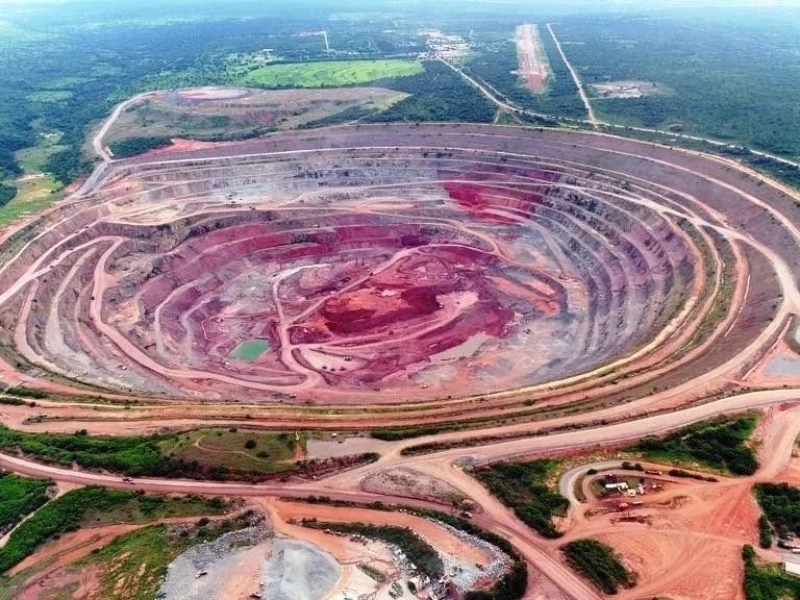Digging for Billions: Inside the World's Mega Diamond Mines
Advertisement
5. Diavik Diamond Mine (Canada)

Advertisement
Nestled in the isolated and unspoilt terrain of Canada's North-west Territories, the Diavik Diamond Mine is a monument to Canada's rise as a significant participant in the worldwide diamond market and a wonder of engineering. Diavik, which runs in one of the most difficult mining settings worldwide and faces sub-arctic weather and great isolation, is situated on a little island in Lac de Gras, over 300 kilometres north-east of Yellowknife.
Found in 1994, Diavik started production in 2003 as a joint venture between Rio Tinto and Dominion Diamond Corporation. The creation of the mine was a turning point in the diamond business of Canada, therefore confirming its status as a producer of premium, ethically produced diamonds. Diavik's diamonds are well-known for their great quality; a lot of big, white, gem-grade stones with great value on the worldwide market abound.
The workings of the mine are a wonder of contemporary engineering. Originally an open-pit mine, Diavik moved to underground mining in 2012, therefore extending its operational lifetime. The mine generates about six to seven million carats of diamonds from almost two million tonnes of ore yearly. Diavik's position on an island in a subarctic lake sets it especially apart. Massive dykes were built to contain Lac de Gras' waters, an engineering feat that has earned respect from the worldwide mining community, therefore enabling access to the diamond-bearing kimberlite pipes.
Diavik has had a significant economic influence on the North-west Territories. Major employer in the area, the mine is committed to local hiring—especially for Indigenous people—and By means of several agreements and alliances, Diavik has made sure that a good share of its economic gains reach local and Indigenous companies and communities. This strategy has raised a new benchmark for Indigenous involvement in the mining sector, therefore promoting skills development and economic growth in isolated northern towns.
A pillar of Diavik's business is environmental responsibility. Working in a delicate ecosystem calls for the best practices in environmental management. Emphasising water quality, animal preservation, and air quality, the mine has instituted extensive environmental monitoring programmes. Diavik's dedication to sustainability also relates to its energy use; in 2012, a wind farm—the first sizable wind power plant in the North-west Territories of Canada—was built. This project lowers the mine's reliance on diesel fuel greatly, therefore lowering carbon emissions and expenses.
Discussions on the closing of the mine and environmental rehabilitation are still under progress as Diavik gets near the end of its intended mining life—expected approximately 2025. Developed in cooperation with local communities and regulatory agencies, the mine closure strategy seeks to bring the site back into a stable state supporting aquatic life and biodiversity. This scheme calls for the open pits to be flooded in order to replicate fish habitat and for the revelling of disturbed land.
Diavik leaves more than only environmental and financial effects. The mine has been instrumental in assisting Canada to become a producer of ethically sourced diamonds, therefore transforming the world diamond business's approach to ethical procurement and openness. Other diamond mines in Canada have been able to flourish because to Diavik's success, therefore enhancing the country's reputation as a supplier of conflict-free, premium diamonds.
Diavik's influence on Canada's North, the worldwide diamond sector, and responsible mining standards will always be relevant as it approaches the latter phase of its activities. In even the most difficult of settings, the mine is a great example of how contemporary mining operations can balance economic progress, environmental management, and community involvement.
Advertisement
You May Like

